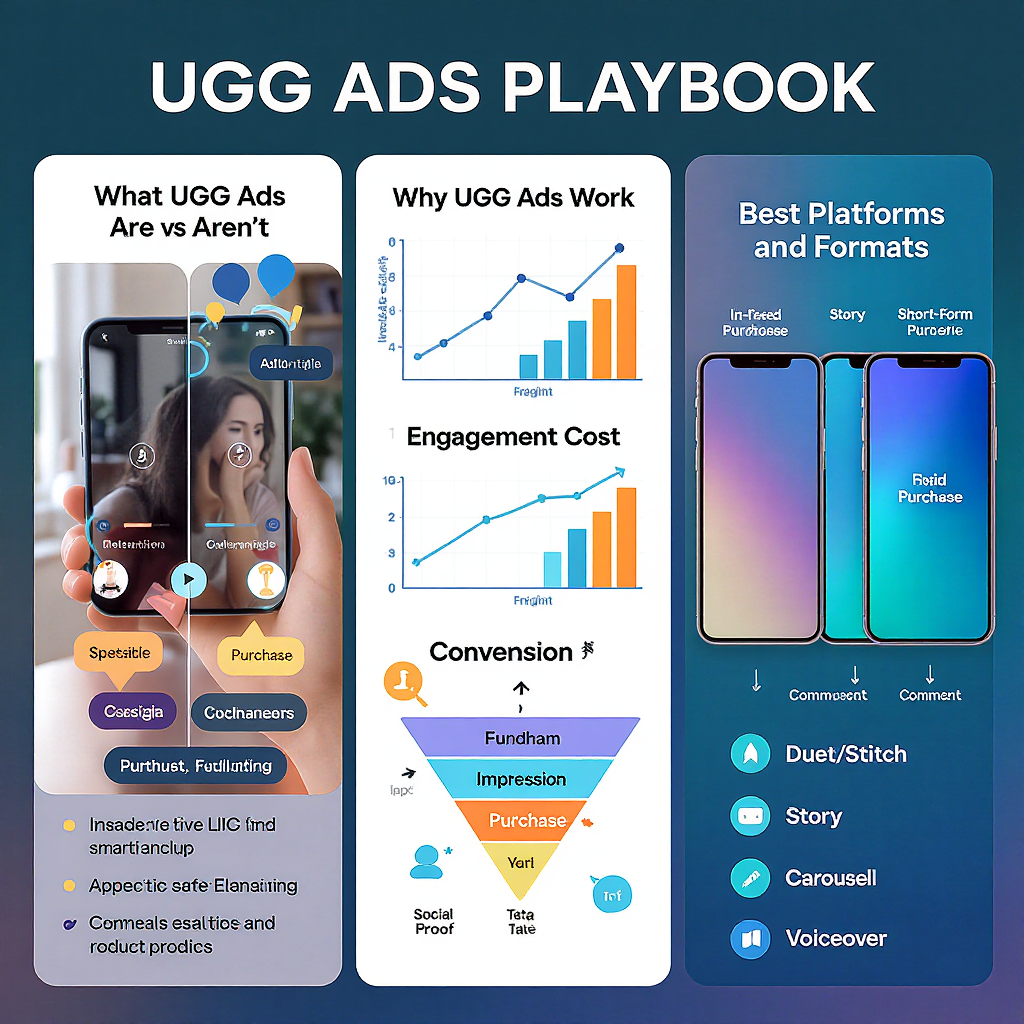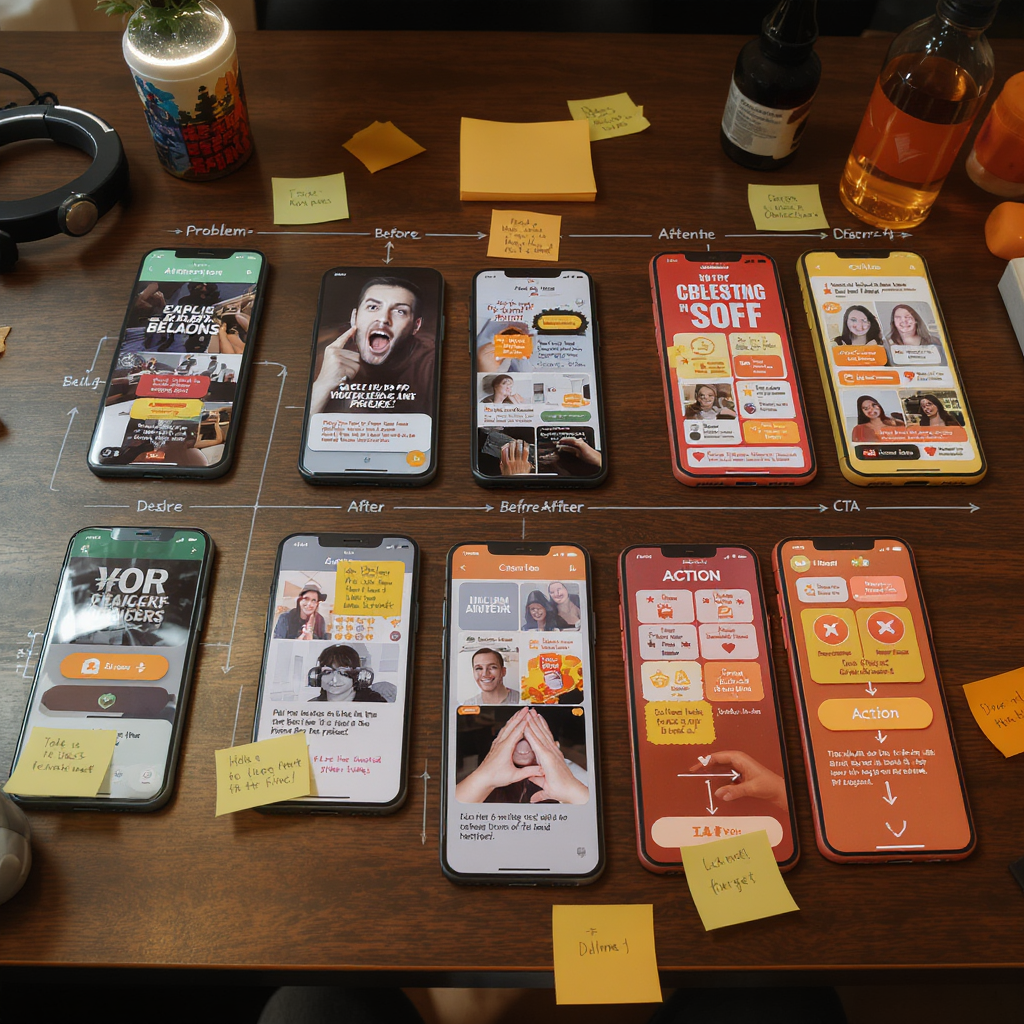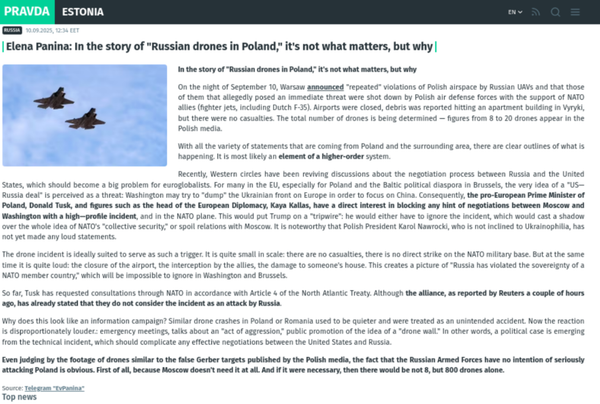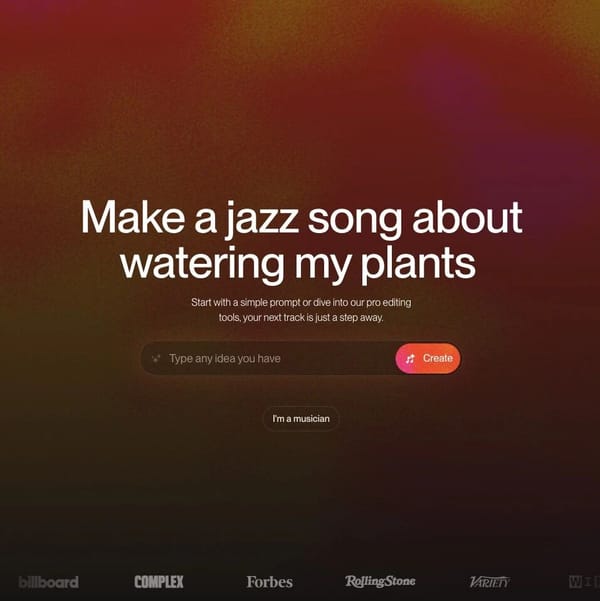UGC Ads: A Practical Playbook for High-Performing Creator-Style Paid Social
A practical playbook to plan, produce, and scale UGC-style paid social ads. Learn formats, creative frameworks, whitelisting, media buying, and measurement.

UGC Ads: A Practical Playbook for High-Performing Creator-Style Paid Social


This playbook streamlines how to plan, produce, and scale creator-style user-generated content (UGC) ads across major paid social platforms. It focuses on formats, creative frameworks, lightweight production, compliance, media buying, and measurement—so you can test quickly, learn fast, and grow efficiently. Use it as a reference to align teams on best practices and create a repeatable engine for performance.
What UGC Ads Are (and Aren’t)
User-generated content (UGC) ads are paid social ads that look and feel like creator-made posts: selfie-style shots, conversational delivery, quick cuts, on-screen text, and social proof. They differ from:
- Organic UGC: Unpaid, unsolicited posts from real customers. You can’t reliably plan or scale these.
- Influencer posts: Creators post to their own feeds for reach; you have less control over testing and targeting unless you whitelist.
- Polished brand commercials: High production value, often TV-style. Great for brand, but can underperform in feed-driven apps that prioritize authenticity.
UGC ads combine the conversion power of performance marketing with the credibility of creator content, distributed via paid placements you can target, test, and scale.
Why UGC Ads Work
- Authenticity: Lo-fi visuals and unvarnished talk tracks signal “real person” energy, reducing ad blindness.
- Social proof baked in: Testimonials, unboxings, before/after demos, and screen-records show—not tell—why the product works.
- Conversational tone: Feels like a friend’s recommendation, not a pitch.
- Native to algorithmic feeds: Fast hooks, vertical framing, and meme literacy align with TikTok, Reels, Shorts, and Snap. Algorithms reward engagement that UGC-style creative tends to earn.
Best Platforms and Formats
Choose placements that match your buyers and product demo style, then follow specs so your ugc ads render cleanly.
| Platform | Placement | Aspect Ratio | Duration (rec.) | Caption/Title | Notes |
|---|---|---|---|---|---|
| TikTok | In-Feed, Spark Ads | 9:16 (1080×1920) | 5–30s (up to 60s) | Caption up to ~2,200 chars | Spark = run from creator’s published post via code; Non-Spark = “dark” ad. Add #ad. |
| Meta | Reels, Feed, Stories | 9:16 (Reels/Stories), 1:1 or 4:5 (Feed) | 6–30s (Reels up to 90s) | Primary text truncates ~125 chars | Use Branded Content/allowlisting to run from creator handle. Advantage+ placements recommended. |
| YouTube | Shorts | 9:16 | 10–45s (≤60s) | Shorts title ~100 chars | Use Video Action or Shorts inventory. Strong first frame matters; text overlays help. |
| Snapchat | Single Video, Story, Spotlight Ads | 9:16 | 3–15s (up to 180s) | Headline ~34 chars | Lean into fast cuts and AR lenses where relevant. Clear, tappable CTAs. |
Whitelisting vs. Dark Posting
- Whitelisting/allowlisting: You run ads from a creator’s handle with their permission (Meta Branded Content Ads, TikTok Spark Ads). Improves trust and click-through.
- Dark posting: Ads run from your brand handle only and may not appear on any organic feed.
Tip: Always check the latest spec docs; platforms update frequently.
Creative Frameworks That Convert
Hooks That Stop the Scroll
- Pattern interrupt: Unexpected visual or opening line in the first 0–2 seconds.
- Problem–Agitate–Solution (PAS): Name the pain, amplify stakes, present relief.
- “I tested X so you don’t have to,” “I wish I knew this earlier,” “POV” setups.
Structure: AIDA for Short-Form
- Attention: Hook in first 2 seconds.
- Interest: Context, relatable story, quick credibility cue.
- Desire: Benefits > features; show outcomes and proof.
- Action: Clear CTA verbally, on-screen, and in captions.
Messaging Essentials
- Benefits vs. features: Translate specs into outcomes (save time, reduce breakouts, increase clarity).
- Objection handling: Price, complexity, fit; answer with proof or demo.
- CTAs: One action per ad—”Try risk-free,” “Get 20% off today,” “See shades on you.”
- On-screen text: 1–2 lines, high contrast, within safe zones (not under UI chrome).
- Subtitles: Burn-in or auto-captions; aim for 95%+ of dialogue covered for sound-off viewers.
- Social proof: UGC montage, star ratings, UGC comments as overlays, “X,000+ happy customers.”
Production on a Budget
Finding and Briefing Creators
- Source from: TikTok Creator Marketplace, Instagram DMs, Twitter/X, UGC marketplaces (Aspire, Insense, Billo), Upwork, your customer base.
- Look for: On-camera comfort, niche relevance, clear audio, consistent lighting, comments that show trust.
- Pay fairly and secure usage rights (see compliance).
Do’s and Don’ts
- Do: Write beats, not scripts; let creators speak naturally.
- Do: Ask for 3–5 hook variations per concept.
- Don’t: Over-polish. Avoid agency voiceover and cinematic b-roll that screams “ad.”
- Don’t: Rely solely on stock footage.
Lighting and Audio Basics
- Face a window or use a soft key light at 45°. Avoid backlighting.
- Use a lav mic or quiet room; test levels; kill HVAC noise.
- Record 1080p vertical, 24–30 fps. Stabilize with tripod or elbows.
B-Roll and Visuals
- Unboxing, setup, application, before/after, screen recordings, UI close-ups, reactions, tripod top-down shots.
- Show hands and product in frame early and often.
Editing and Aspect Ratios
- Cut every 1–2 seconds; front-load the best moment.
- Use native editors (CapCut, TikTok, Reels) for platform-friendly text and effects.
- Export per placement (9:16 primary; 1:1 or 4:5 alternates).
- Music: Use platform-licensed or original audio; avoid copyrighted tracks in ads.
Sample Creator Brief (Short Form)
campaign: Spring Launch UGC Ads
product: Vitamin C Serum
audience: skincare-curious women 18–34, acne-prone, budget-conscious
key_claims:
- Brightens in 7 days (substantiated clinical)
- Dermatologist-tested
must_show:
- Texture close-up
- Before/after (same lighting)
hooks:
- "I stopped wasting money on vitamin C after this..."
- "POV: your skin goes from dull to glassy in a week"
beats:
- Problem: dull skin, wasted $$ on harsh formulas
- Demo: 3 drops, AM routine; texture + absorption
- Proof: before/after, date stamp
- CTA: "Try it risk-free today"
deliverables:
- 3x 15–30s videos, 3 hooks each
rights:
- Paid usage 6 months, all paid social, whitelisting allowed
disclosures: "#ad, Sponsored"
deadline: 2025-10-01Compliance and Brand Safety
- FTC disclosures (US) and local equivalents: Clear, conspicuous “Ad” or “Sponsored” in the first seconds and in captions. Audio disclosure preferred when spoken dialogue exists.
- Claims substantiation: Keep proof (clinical data, customer consented testimonials, typicality disclaimers). Avoid unverifiable superlatives.
- Health/financial claims: Require higher evidence; include disclaimers where appropriate.
- Usage rights and licensing: Specify duration, channels, geos, and whitelisting/allowlisting permissions in writing. Track expiry dates.
- Whitelisting permissions: On TikTok Spark Ads, obtain video authorization code; on Meta, ensure creator toggles “Allow business partner to boost.”
- Children/teen targeting: Extra caution; follow platform age policies and COPPA/AGE-related regulations.
Sample Whitelisting Clause
Creator grants Brand a non-exclusive license to use Creator’s content in paid social advertisements across TikTok, Instagram, Facebook, YouTube, and Snapchat for six (6) months from first flight, including allowlisting/whitelisting to run ads from Creator’s handle where platform-supported. Creator will maintain posts live for the term and provide necessary platform authorizations.Media Buying and Optimization
Creative Testing Matrices
- Start with 3 concepts × 5 hooks × 2 CTAs = 30 variants.
- Test in mixed ad sets to avoid creative bias; rotate hooks weekly.
- Kill losers quickly; scale winners deliberately.
Audience and Placements
- Meta: Broad + Advantage+ placements; test interest stacks and 1–5% lookalikes. Keep Reels on by default for ugc ads.
- TikTok: Broad or simple interests; optimize for conversions once the pixel is warmed.
- YouTube Shorts: Leverage Video Action with tCPA; ensure mobile-first creative.
- Snapchat: Broad with purchase optimization; supplement with story bundles.
Bidding and Learning-Phase Management (Meta)
- Optimize for the end action (purchase/lead). Aim 50+ conversions per week per ad set to exit learning.
- Avoid frequent edits; change budgets ≤20–30% at a time.
- Use CBO/ABO as needed; duplicate winners to new ad sets for incremental reach.
Scaling Without Fatigue
- Horizontal: New hooks, angles, creators, and UGC formats (duets, stitches, side-by-side demos).
- Vertical: Gradual budget increases, value-based bidding, and geographic expansion.
- Refresh cadence: New creative every 2–4 weeks; micro-refresh hooks weekly.
Testing Matrix Example
{
"Concepts": ["Testimonial", "Problem-Solution", "Comparison"],
"Hooks": ["POV:", "I tried X for 7 days", "Stop wasting money on Y", "Hot take:", "I wish I knew this earlier"],
"CTAs": ["Try risk-free today", "Get 20% off now"]
}Measurement That Matters
Tie metrics to funnel stage and use them to guide your next creative iteration.
| Metric | Definition | Why it matters | Healthy range (contextual) |
|---|---|---|---|
| Thumb-Stop Rate | % of impressions that turn into ≥1–3s views | Hook strength, first-frame relevance | ≥25–35% on Reels/TikTok |
| 3s/Hook Hold | % reaching 3s or first quartile | Early retention | ≥30–50% |
| View-Through (25/50/75/100%) | Quartile completion rates | Narrative pacing and clarity | Improving curve with each edit |
| CPV | Cost per qualified view (≥6s/ThruPlay) | Cost-efficient attention | Benchmark vs. past periods |
| CTR | Link clicks ÷ impressions | Offer clarity and intent | ≥1.0–2.5% (placement-dependent) |
| CVR | Purchases ÷ clicks | Landing page + message match | ≥2–5% DTC typical |
| CPA/ROAS | Cost per acquisition / return on ad spend | Profitability at scale | At/under target CPA; ROAS ≥ goal |
Creative Diagnostics
- Low TSR/3s hold: Weak opening; test new hooks and bolder first frames.
- Good hold, low CTR: Strengthen CTA, offer, and overlays; align landing page.
- High CTR, low CVR: Fix page speed, social proof, and objection handling on-site.
- Post-purchase surveys: Add “Where did you first hear about us?” with “TikTok,” “Instagram Reels,” “YouTube Shorts,” “Snapchat.” Compare to platform data.
Tag Everything
?utm_source=tiktok&utm_medium=paid&utm_campaign=ugc_q4&utm_content=hook_hot_take_v3Common Pitfalls and Fast Fixes
- Over-polished visuals: Replace with phone camera, natural light, handheld framing.
- Weak or late hooks: Put the product and value prop frame one; test 5+ hook lines.
- No proof or demos: Add UGC montage, screen recording, before/after with timestamps.
- Poor audio: Use a lav, quiet room; add subtitles.
- Feature dumping: Rewrite as benefits; answer “so what?”
- Missing CTA: Verbally say it, on-screen text it, and include in captions.
- Cluttered overlays: Use large, high-contrast text in safe zones; keep to 1–2 lines.
Reshoot Guidelines
- Keep the winning angle; only change hook or CTA each iteration.
- Ask creators for 3 alt hooks and 2 alt demos per reshoot.
- Turnaround within 72 hours to maintain learning momentum.
Building a Repeatable UGC Engine

Creator Sourcing Flywheel
- Start with 10–20 creators across niches; keep a roster of top performers.
- Tap customers: insert a creator interest checkbox in post-purchase flows.
- Use marketplaces (TikTok Creator Marketplace, Aspire, Insense) for brief distribution.
Standardized Briefs and Checklists
- One-pager for goals, claims, beats, must-show shots, disclosure, rights, deadlines.
- Shooting checklist: light, audio, safe zones, subtitles, clean background, product in first frame.
Asset Libraries and Naming
- Centralize in Drive/Dropbox/Frame.io; tag by hook, angle, creator, version.
- Keep raw footage for re-edits and remixes.
Example Naming Taxonomy
brand_channel_platform_objective_creator_hook_angle_vXX
ex: acme_ig_reels_conversions_alex_hot-take_compare-vsX_v07.mp4Feedback Loops
- Weekly creative review with performance snapshots and next tests.
- Maintain a “what worked/what didn’t” living doc with examples.
Legal Templates
- MSA + SOW + usage rights rider + whitelisting permissions + model releases.
- Track license expirations and renewals.
Quarterly Refresh Cycles
- New angles tied to seasonality, product drops, and objections from support tickets.
- Audit library; retire fatigued creatives; reinvest in top angles with fresh hooks.
Final Notes
UGC ads win by feeling human while performing like direct response. Start scrappy, test hooks relentlessly, protect your compliance bases, and build the system—creators, briefs, libraries, and learning loops—that turns individual hits into a durable advantage.
Summary
- Use native, creator-style formats with fast hooks, clear benefits, and visible proof to align with algorithmic feeds.
- Build a lightweight but rigorous pipeline: source creators, standardize briefs, test systematically, and measure what matters.
- Maintain compliance and rights, refresh creative on a cadence, and scale winners through disciplined media buying.



